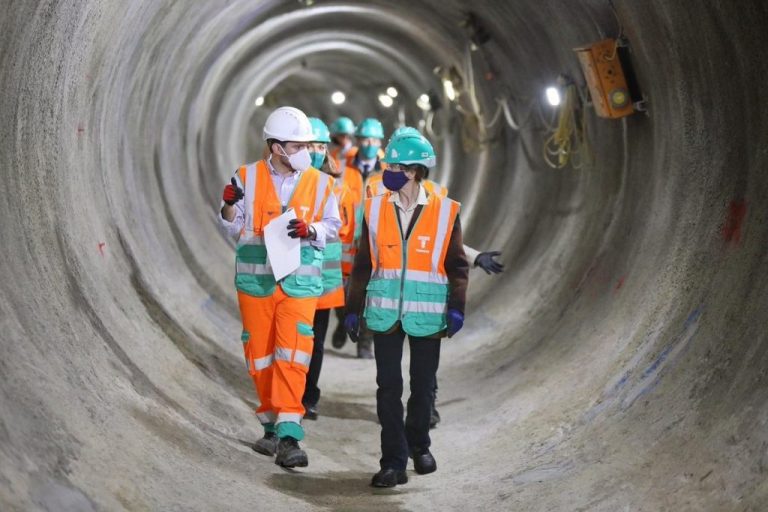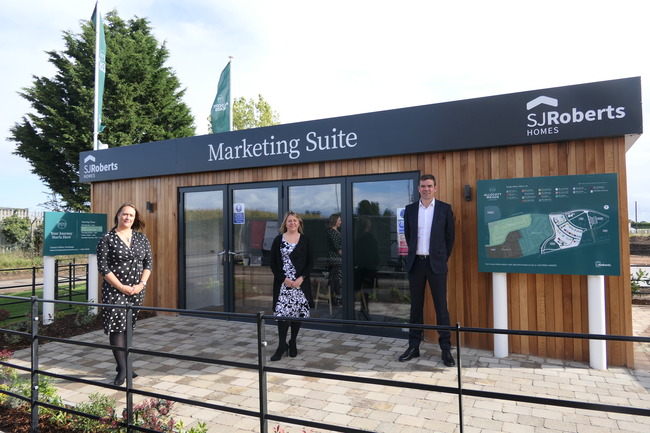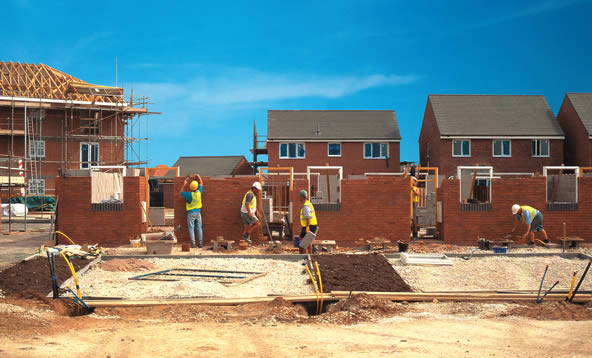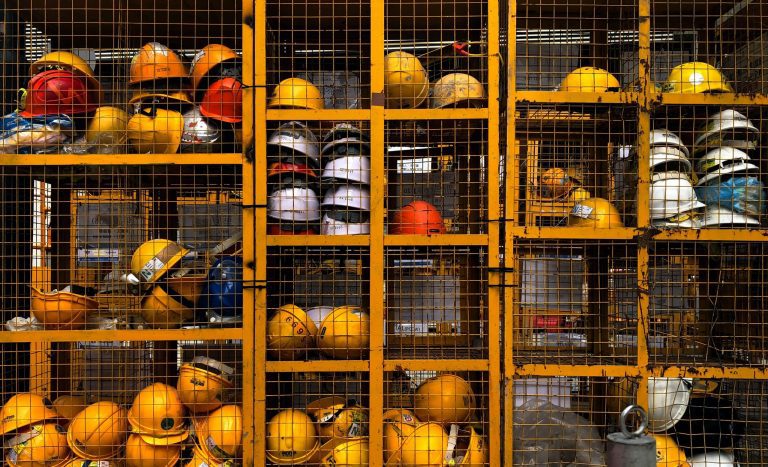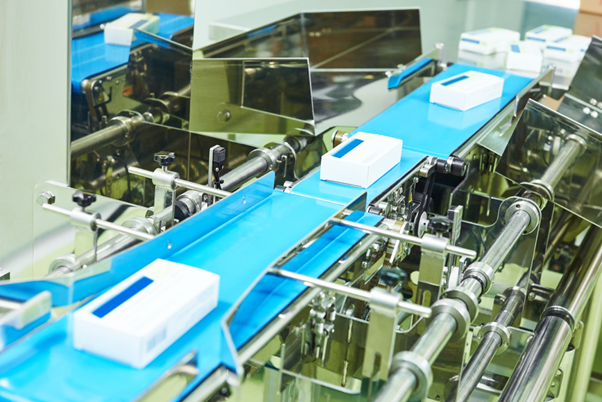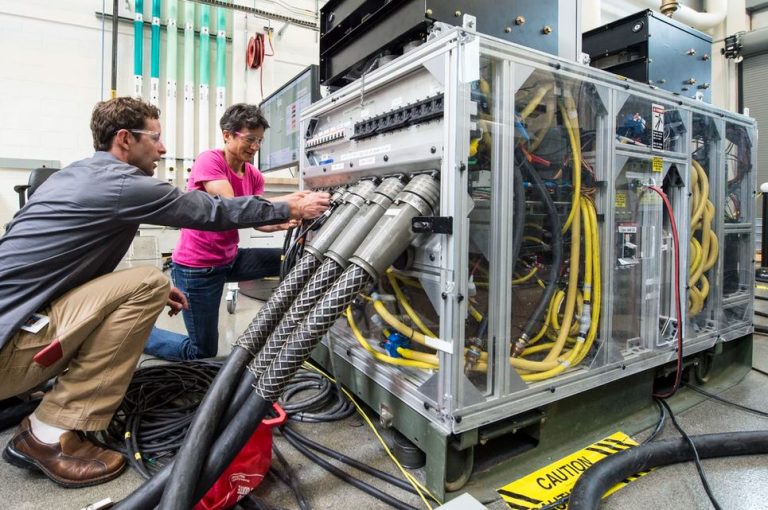National contractor Wates Construction has reached its latest significant milestone in the construction of the £73m Sandwell Aquatics Centre, in Smethwick, procured through SCAPE, one of the UK’s leading procurement authorities, with the laying of the first of 190,000 pool tiles. The occasion was marked with a ceremony held at the site, attended by the Minister for Sport and Tourism, Nigel Huddleston and the leader of Sandwell Council, Councillor Rajbir Singh and other partners. The first tile was laid by Nigel Huddleston, MP and Councillor Rajbir Singh, leader of Sandwell Council, along with other dignitaries and two work experience students Howard Dunn and Kye Roseblade. With less than a year till handover, Wates is now focused on completing the interior of the state-of-the-art facility and finishing its three pools. This will see up to 190,000 tiles laid carefully to waterproof the 50m Olympic-sized pool, 25m diving pool and community swimming pool ready for use. Some 3,000m3 of concrete were used in the pools’ creation, which had to be carefully poured to an accuracy of mere millimetres to comply with Olympic standards. Initially starting on site in September 2019, the project is being accelerated through SCAPE Construction, a direct award framework designed to drive collaboration, efficiency, time and cost savings. So far Wates has fully completed the external structure and roof of the site, which included installing 14 steel trusses, each spanning 75m and weighing around 30 tonnes. The team has also installed the 10m dive tower earlier in the year and recent work has included the completion of the building facades. Internally, high-level works within the pool hall have been ongoing, including lighting, fire alarm cabling and ventilation and heating duct work. Sandwell Aquatics Centre is a landmark development for the Midlands, featuring the only Olympic-sized pool in the region and has been designed to create a lasting legacy for community health and wellbeing, with its three pools and seats for up to 1,000 spectators. Other facilities at the aquatics centre will include three activity studios, two 4-court sports halls, a 108-station fitness suite with a 25-station ladies-only gym, dry diving facilities, an indoor cycling studio, a new football pitch, a café, and changing facilities including a sauna and steam room. Externally, a new urban park will feature a children’s play area. Throughout construction, Wates has worked closely with Sandwell Council, its supply chain and SCAPE to ensure the project is delivered safely and provides maximum benefit to the community. This includes supporting 34 local students with work experience across the construction of the site to support NVQs, creating 12 new apprenticeships, along with investing nearly £190,000 so far into Social Enterprise initiatives close to the region. The project is on schedule and set to complete in spring 2022, before opening to the public in the spring of 2023. Nigel Huddleston, Minister for Sport and Tourism said: “Fantastic progress has been made on the Sandwell Aquatics Centre since I was last here in February 2020. It will be an outstanding new leisure centre for the community. It is a great example of how we are levelling up across the country, by investing money in new world-class facilities that leave a lasting legacy for local people.” Councillor Rajbir Singh, Leader of Sandwell Council said: “It was amazing seeing the new Sandwell Aquatics Centre and looking at the scale of the work being undertaken. The venue, which is located in Smethwick, is impressive and will be well used by local residents and the wider region for generations to come.” John Carlin, regional managing director for the Midlands at Wates Construction, said: “Now tiles are going in, you can start to see properly how the facility will look once it’s completed, and ensuring all 190,000 are laid perfectly is the latest in a long line of technically complex features which we’ve delivered as part of this ambitious build. “As we get closer to our handover date, we’re focused on not only finalising this landmark site, but ensuring as many local people play a part in its completion as possible. I’d like to sincerely thank all our local apprentices and supply chain partners for contributing to the success of the build so far, and look forward to its next milestone.” Mark Robinson, group chief executive of SCAPE and who recently visited the site, said: “Our world class athletes deserve world class facilities and this is what I saw when I visited Sandwell Aquatic Centre. The collaboration between Wates Group and Sandwell Council was clear to see, and the facility will be a true jewel in our nations crown. The progress made is fantastic and I very much look forward to my next visit. “At SCAPE we are proud to be a part of this landmark project that will not only bring investment and a lasting legacy to the local area but help to train our next generation of sporting heroes.”
